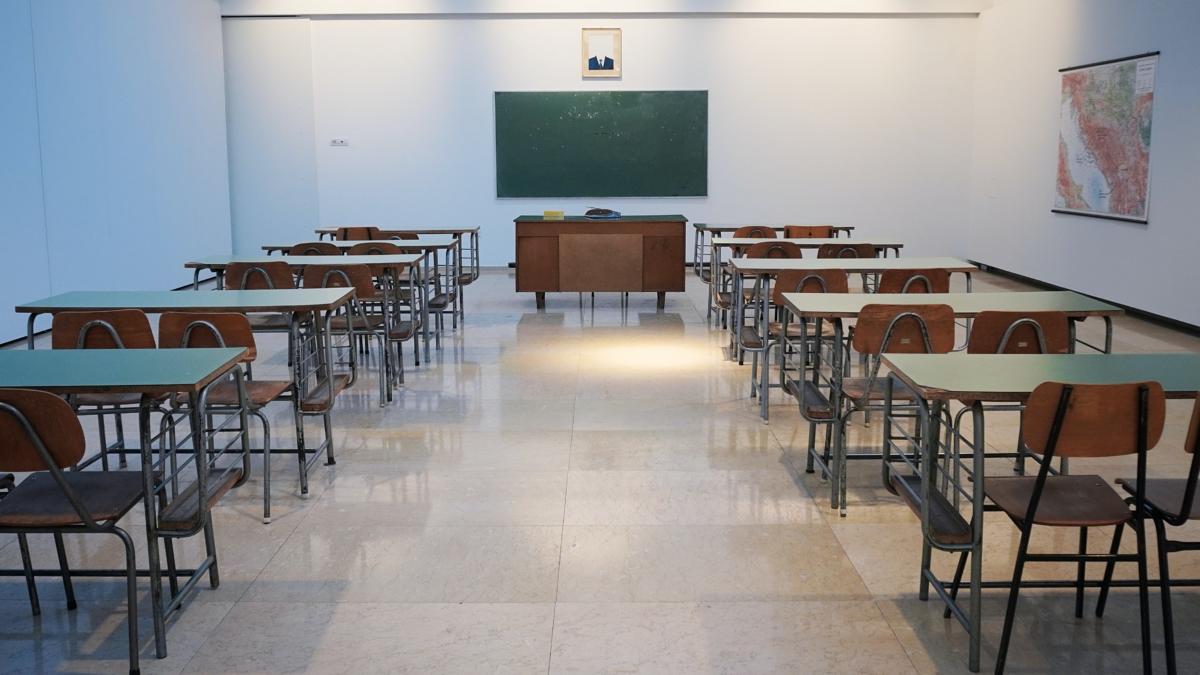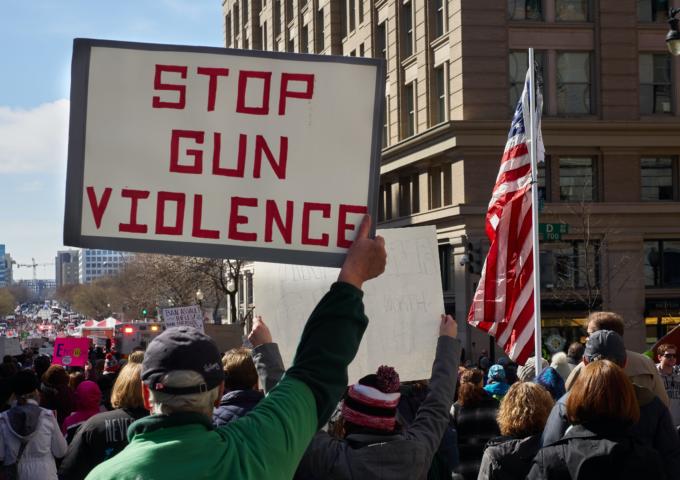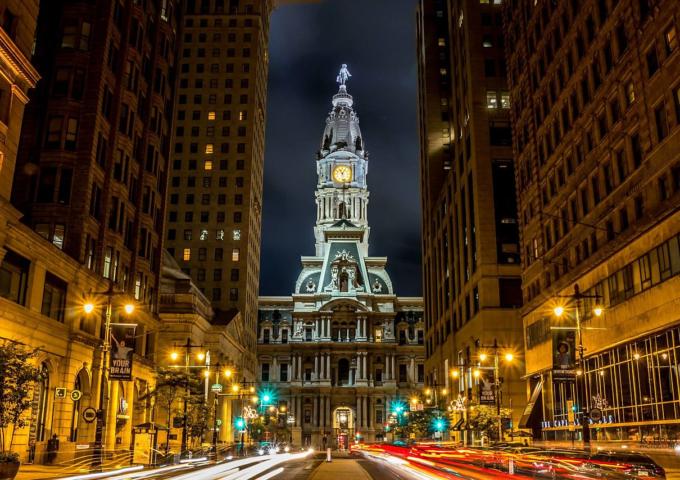As public schools open across the city this week, children and their parents hope for one more step on the road back to normalcy. Students will be required to wear masks all day, but they will be back in their physical school buildings, being taught by teachers in person. If you ignore the face coverings, it looks almost like the classroom setting we all remember.
But not so fast: news broke last week that teachers at Masterman, a magnet school at 17th and Spring Garden, were refusing to enter the building. This was not a new labor action over masks, PPE, or any other effect of the COVID-19 pandemic. The teachers, joined by parents of Masterman students, were drawing attention to a much older problem: The dangerous conditions in the school building they said were caused by loose and flaking asbestos.
As reported in the Inquirer last week, officials from the Philadelphia Federation of Teachers claimed (citing school district documents and federal asbestos inspection reports) that “more than 60 areas of damaged asbestos have been identified in the school, with imminent hazards identified in the art room and in a second-floor bathroom, as well as damaged material and dust above drop ceilings.”
Superintendent William R. Hite disagrees with that assessment, saying at a news conference the next day that the teachers’ and parents’ concerns were “based on incomplete information or a misunderstanding of applicable regulatory regulations surrounding management of asbestos.”
Who’s telling the truth? It’s hard to say because, as the PFT noted in a press release, “the District has yet to heed our urgent calls to share data in a systemic, transparent, and predictable way. As such, we are often left scrambling, looking for information that is provided in incomplete and haphazard ways.”
Councilmember Helen Gym, whose children attend the school, noted that the building was closed for more than a year during the COVID-19 shutdown, giving ample time to complete repairs. “This is not difficult,” she said on Friday to the Inquirer’s Kristen Graham, “It is a no-brainer.”
There will not be many occasions where I write a column agreeing with Helen Gym and the PFT, but when you’re right, you’re right.
Masterman gets a lot of attention because it is the city’s premier magnet school, but asbestos problems are nothing new to the district. Benjamin Franklin High School had a rushed, botched removal of asbestos in 2019 that led to delays and unsafe conditions, costing the district tens of millions of dollars. But this time around, there was no need to rush. Remote learning, as flawed as it was, gave the school district a golden opportunity to repair many of its old, decaying buildings.
Many readers will respond that the district, perennially cash-strapped, cannot afford to fix these problems. They might be forgiven for thinking that, given the way school funding is represented in the mainstream media. While there have been many articles over the years about lack of funds, there are very few that actually contain the figures on how much the district spends. State funding has been increasing — in real, inflation-consistent dollars — for decades, and the federal government has distributed massive amounts of money during the pandemic.
How much do they have to spend? According to the district’s fiscal year 2022 budget, the total expenditures are $3.91 billion. Of that, $338 million goes to debt service and a further $143 million is allocated to “administration,” leaving a total of $3.313 billion to spend. There are 199,560 students in all public schools in the city — including district-operated and charter schools — which gives us a figure of $16,601 per student. That should be enough to ensure the schools aren’t full of building materials that will kill you.
Drilling down on those numbers even farther, we can see that excluding charter schools from the calculations does not change the result much. The district is projected to spend $2.067 billion on the schools that it operates directly, servicing 124,184 students. That works out to $16,664 per student. The charters are spending $1.246 billion on 75,376 students, which is $16,530 per pupil. Charters are actually spending slightly less per student than traditional schools, and in less hazardous conditions.
All of which is to say: this is a failure of leadership, not funding.
The problem of asbestos has been present for years at Masterman. I know because I attended the school 25 years ago and we were concerned about it even then. The school district owns a lot of old buildings, but asbestos remediation is a routine, if costly, task. Private businesses and homeowners hire contractors to perform this task every day. The district had a perfect opportunity to do the same and blew it.
Government is good at funding education, but shameful episodes like this show how bad it is at providing educational services. Philadelphians deserve better. If the school district officials cannot turn $3.3 billion into a workable and safe system of schools, it should step aside and let someone else do the job right.





